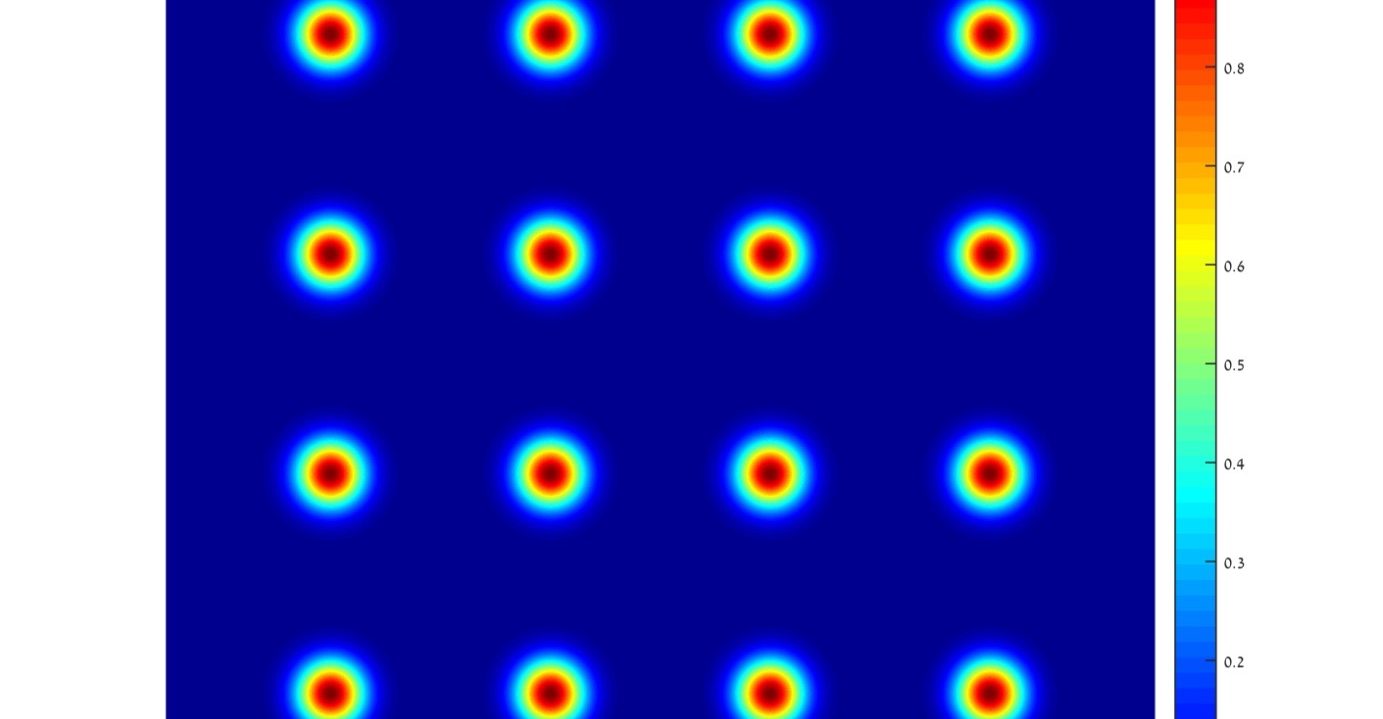Diffractive beam splitters
Diffractive beam splitters are a sub type of diffractive optical elements that are capable of dividing an input beam into multiple beams that share the same characteristics as the original beam (aside from the divided energy of course). As with all diffractive optical elements, diffractive beam splitters work by virtue of the wave nature of light, as opposed to cube or plate beam splitters that can be described almost solely by geometrical optics theory. Aside from the operating principle behind each type of component, the main differences between the diffractive beam splitter to cube or plate beam splitters are that the refractive components can only generate two beams at constant directions (based on refractive index, element dimensions and coating), whereas a diffractive beam splitter can generate as many desired beams at controlled separations. The generated beams are referred to as the diffraction orders in an analogy to diffraction by a grating, which can be regarded as the simplest of diffractive beam splitters.
The generated sub beams can be arranged on a regular pattern or in any other desired geometry. A typical embodiment for the use of a diffractive beam splitter is one in which a collimated beam passes through the element and then is followed by a lens. At the focal plane of the lens, the replay field of the diffractive beam splitter is formed which consists of the dot array of any arrangement. For this reason, diffractive beam splitters are also known as dot generators or fan out holograms. The diffractive beam splitters can also be used with only a laser beam and no lenses at all. In this case, after a small propagation distance, the many sub beams start to appear. The propagation distance is small because the diffraction effects are enhanced by the correspondingly small pixel size on the diffractive beam splitter component. The new beams propagate in free space in the same manner as the original beam.
There are many applications in which a diffractive beam splitter can be used. It has been used in optical fibre free space switching devices in which the light from a fibre is split into many redundant output ports. It has also found widespread use in aesthetic treatments in which a laser beam is split into many beams that then go to the skin. In this application the existing gap between the generated beams helps in the recovery and resurfacing of the patient’s skin.
Diffractive beam splitters are meant to work with coherent monochromatic light as the dispersion arising from diffractive effects is considerably bigger than refractive dispersion. Also, it is important to consider that a diffractive optical component is designed to operate at a specific wavelength. Operating at a different wavelength results in a shift in separation angles that may cause overlaps and gaps between the different spots due to the diffraction behaviour, which in the diffractive beam splitter case may result in not achieving a dot pattern at all.
You can find here more information about beam splitters

